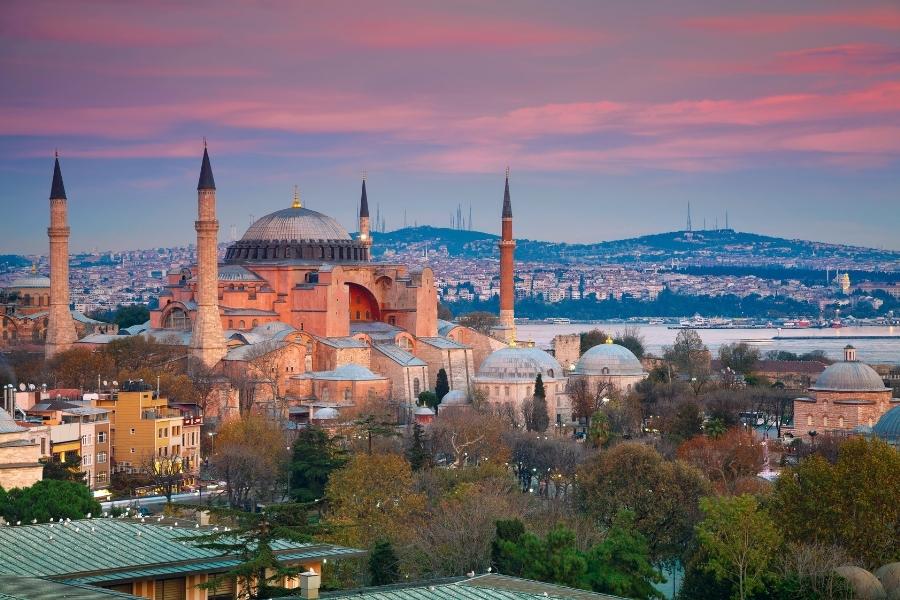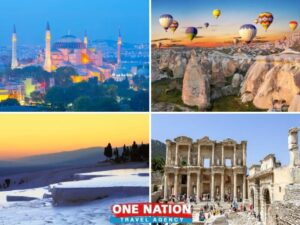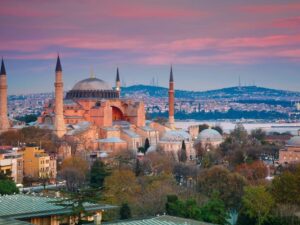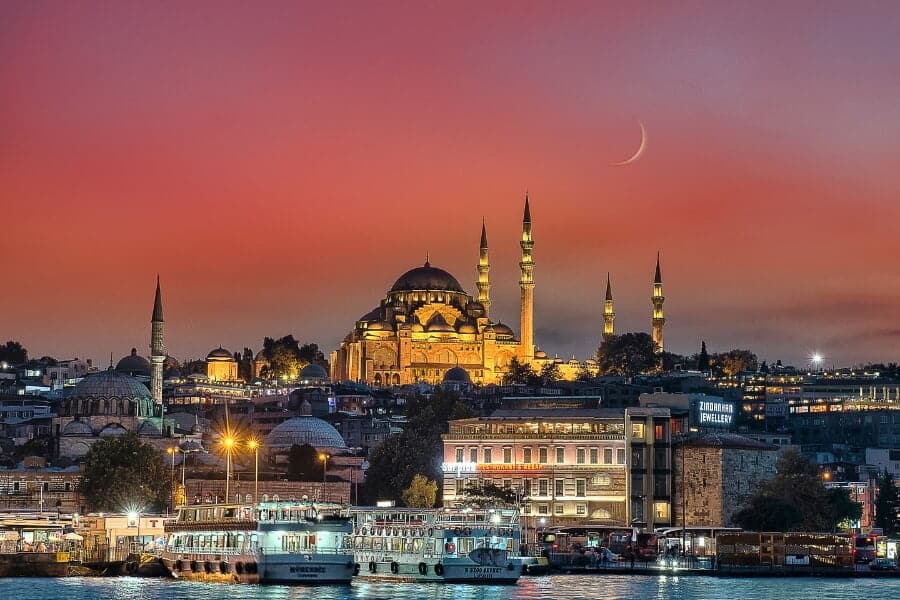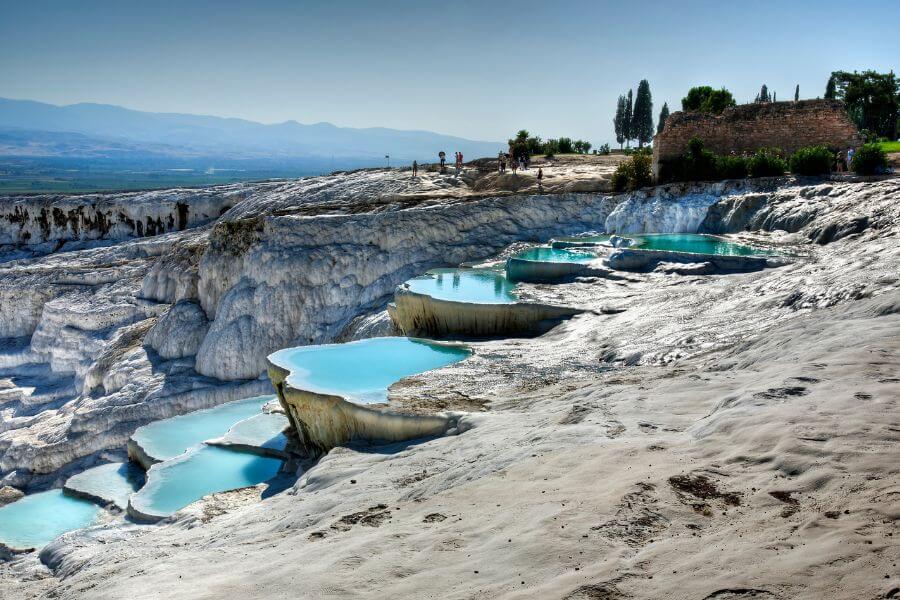From Byzantium to Istanbul: A Journey Through Time
Embarking on Istanbul tours is akin to traversing through layers of time, each era leaving an indelible mark on this city’s rich tapestry. Istanbul, a city that straddles two continents, has been a crossroads of civilizations, bearing witness to the ebb and flow of empires, cultures, and religions. This journey from Byzantium to Istanbul is not merely a passage through geographical locations but a voyage across centuries of history, culture, and unparalleled beauty.
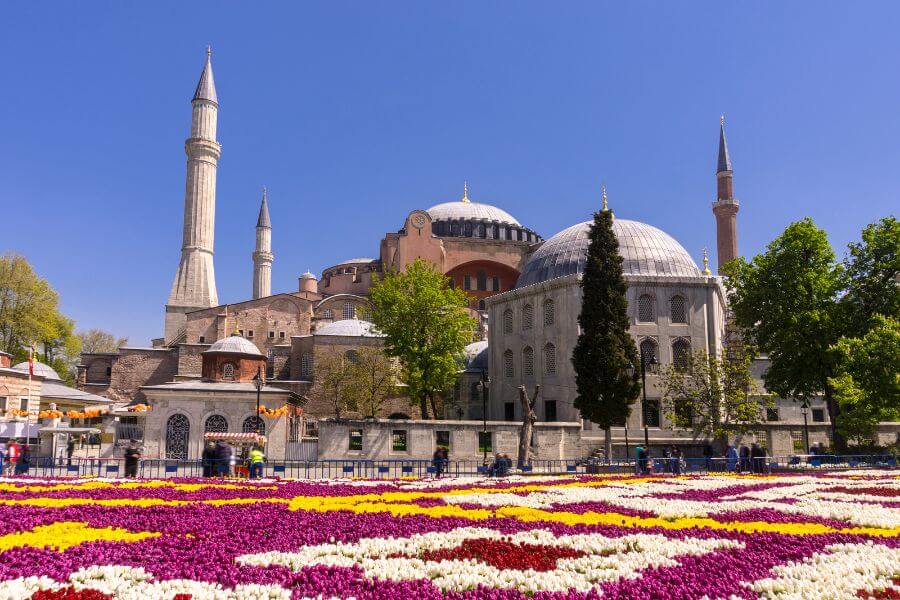
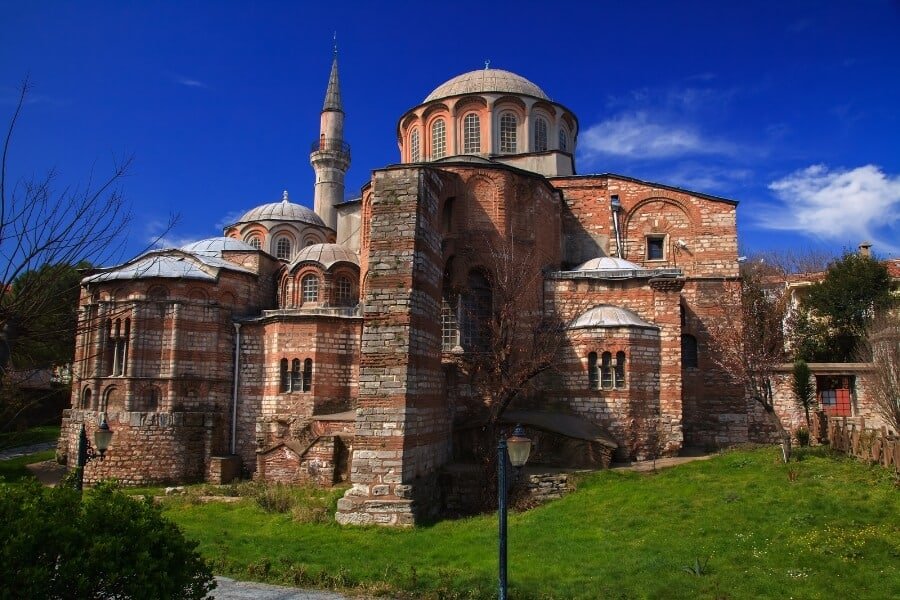
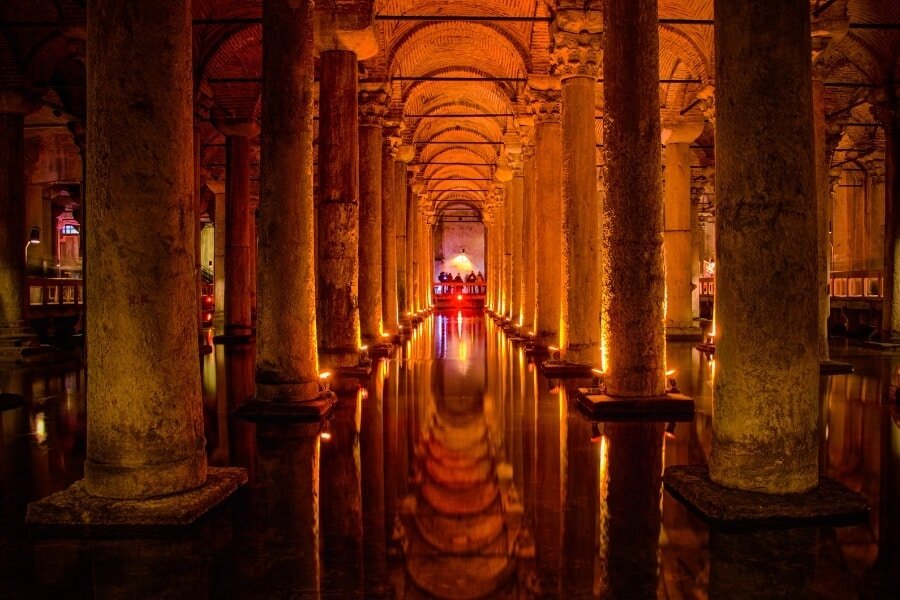
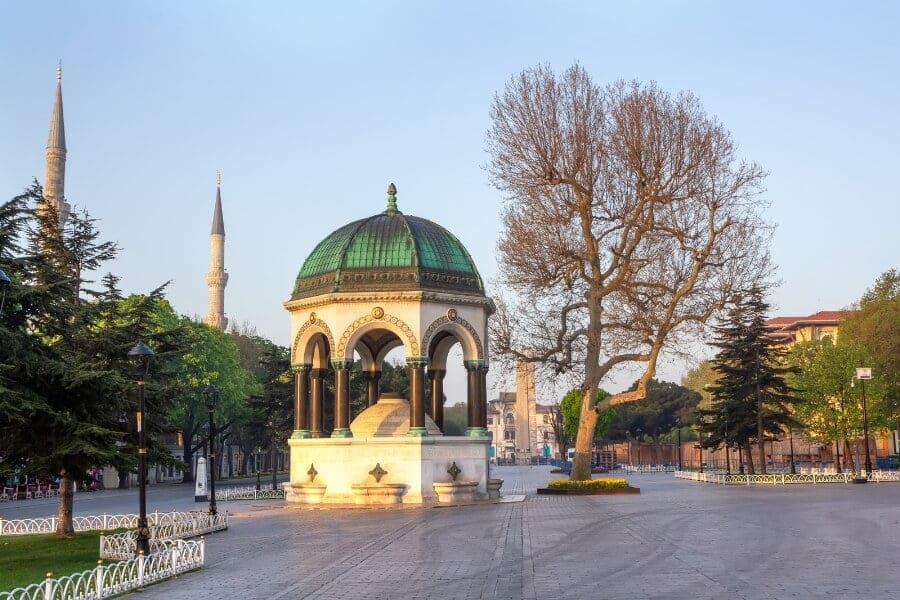
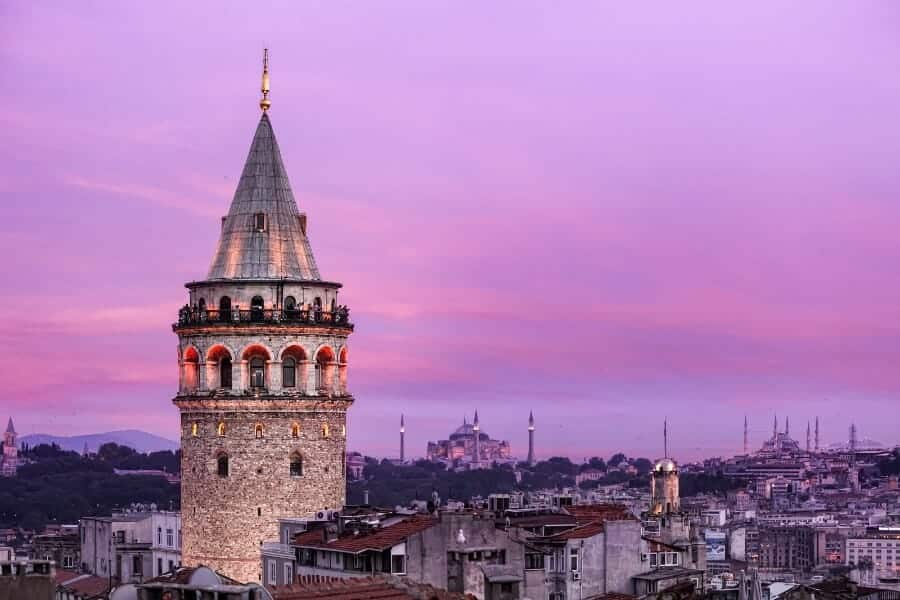
The Byzantine Era: The Dawn of Constantinople
Our journey begins in the ancient city of Byzantium, a modest settlement that would later become the heart of the Byzantine Empire under its new name, Constantinople. The transformation was marked by monumental constructions such as the Hagia Sophia, an architectural marvel that stands today as a testament to Byzantine ingenuity. The city’s strategic location attracted traders, scholars, and artists, turning it into a melting pot of cultures and a beacon of the Christian world.
The Rise of a Megalopolis
As Constantinople, the city grew into a thriving metropolis, adorned with grandiose buildings, intricate mosaics, and formidable walls that withstood numerous sieges. The Byzantine emperors spared no expense in beautifying their capital, making it the envy of the medieval world.
The Ottoman Conquest: A New Chapter
The fall of Constantinople in 1453 to the Ottoman Turks led by Sultan Mehmed II marked a pivotal turning point in the city’s history. The Ottomans brought with them not only a new religion but also a wealth of architectural and cultural innovations. The city, now renamed Istanbul, flourished under Ottoman rule, with majestic mosques such as the Blue Mosque and the Topkapi Palace redefining its skyline.
A Blend of Cultures
Under Ottoman rule, Istanbul became a cosmopolitan center where multiple ethnicities and religions coexisted. The Grand Bazaar and the Spice Market became hubs of international trade, drawing merchants from across the globe.
Journey’s End: Embracing the Legacy
As our journey from Byzantium to Istanbul comes to a close, we are reminded of the city’s enduring legacy as a meeting point of cultures, empires, and eras. Istanbul Tour Packages offer more than just a glimpse into history; they invite travelers to immerse themselves in a city that is both ancient and vibrant, where every street and building tells a story of convergence and coexistence.
FAQs: Unveiling the Mysteries of Istanbul
Q: What makes Istanbul unique in the context of world history?
A: Istanbul’s unique position as a bridge between Europe and Asia has made it a pivotal intersection of cultures, religions, and empires throughout history.
Q: Can you still see remnants of Byzantine Constantinople in today’s Istanbul?
A: Absolutely. Landmarks like the Hagia Sophia, the Chora Church, and parts of the Theodosian Walls are prominent remnants of the city’s Byzantine past.
Q: How did the Ottoman Empire influence the architecture of Istanbul?
A: The Ottomans introduced a new architectural style, characterized by grand mosques with towering minarets, large domes, and intricate tile work, significantly shaping Istanbul’s cityscape.
Top 3 Unforgettable Tours of Turkey
-


-


-

 5-Day Istanbul and Cappadocia TourFrom: $1,190.00
5-Day Istanbul and Cappadocia TourFrom: $1,190.00

